Enjoy these FREE Sight Word Flashcards, which are a part of our flashcard summer series, Free Printable Flashcards.
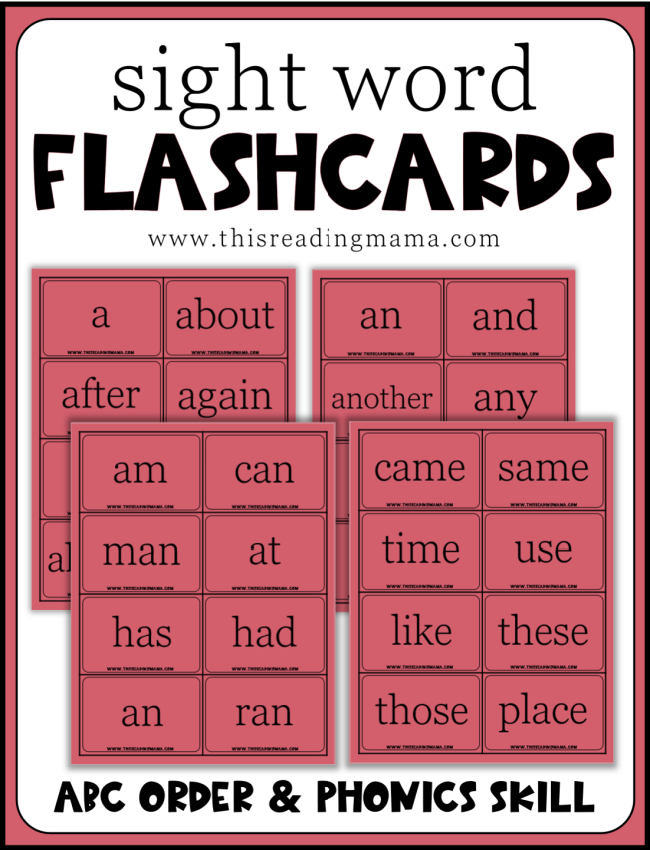
Coming Week of June 5
Please note: This pack of flashcards is for subscribers only.
- Not a subscriber? Subscribe HERE or enter your email at the end of this post to get the cards.
- If you are already a subscriber, snag this freebie from the subscriber library. Enter the password, which can always be found at the bottom of your most current newsletter.
*I am a participant in the Amazon Services LLC Associates Program, an affiliate advertising program designed to provide a means for me to earn fees by linking to Amazon.com and affiliated sites.
Free Sight Word Flashcards
Quick Confession: These are really high frequency word flashcards, as they feature all of Fry’s first 100 words, all of Dolch’s words {Pre-Primer, Primer, First Grade, Second Grade, Third Grade}, and the 150 mentioned in Overcoming Dyslexia by Sally Shaywitz.
In this free sight word flashcard set you’ll find:
- 250 high frequency words
- word cards in print font as well as type font
- words listed in ABC order
- words listed by phonics skill*
- 24 editable word cards {for both print font and type font}
*This part is what REALLY excites me about this flashcard set of sight words! All the words are listed in a helpful chart {seen below} by their phonics pattern. For example, you’ll find all the CVC words listed together such as: but, at, is, had, and yes.
Because many sight words can be fully sounded out using phonics and nearly all the others can be partially sounded out, combining the two strategies is a POWERFUL way to teach sight words! Not only is there a chart, but all 250 sight words are then provided via flashcards by their phonics skills!
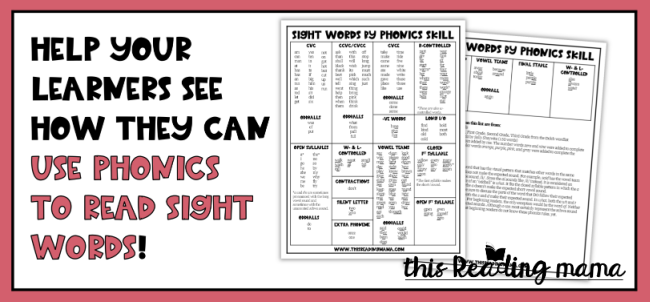
What is an “Oddball?”
On the chart, you’ll see the term “oddball.” This comes from my Words Their Way training, and is a wonderful way to explicitly teach the parts of a sight word that are expected/regular and the parts that are not expected/not regular.
As explained at the end of the chart, an “oddball” can either be:
- a word that has the same visual pattern as other words within the same category, but the pattern does not make the expected sound
- a word that makes the same phonics sound but is spelled differently than expected
For example, said has the visual vowel team pattern of ai, which usually makes the sound /ā/. Since the ai sounds like /ĕ/ instead, it is considered an “oddball.” The word they has the /ā/ sound at the end, but the ey pattern is used instead of the expected ay pattern.
With these words, be sure to explicitly discuss the parts of the word that both DO and DON’T follow their expected sounds. Through careful study of more words, you and your learners may realize that some of these words are not truly “oddballs” at all! For example, the ey in they matches the pattern found in prey, whey, and obey.
*If you disagree with the way I have categorized any sight word on this list, including the “oddball” words, you are more than welcome to teach them the way that works best for you and your learners. None of the sight words have been coded or marked in anyway, so you have a blank template to work with.
Not a fan of flashcards? Here are some creative ways to make flashcards FUN and ENGAGING:
Ready to snag these sight word flashcards?
Enter your email below!
Enjoy teaching!
~Becky
More Flashcards are Coming…
These images will become “clickable” once they go live this summer. Note: The dates are estimates. I will do my best to stick to them, but it is summer after all…
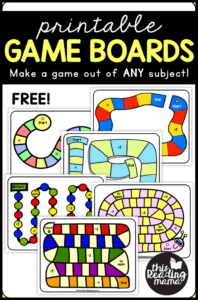
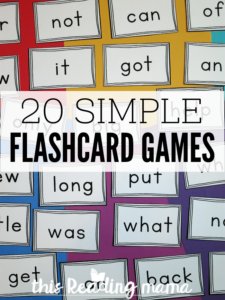
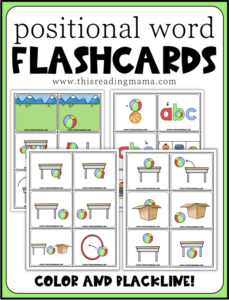
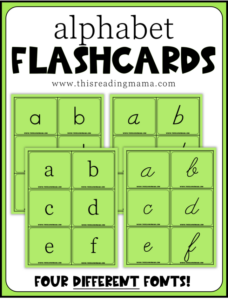
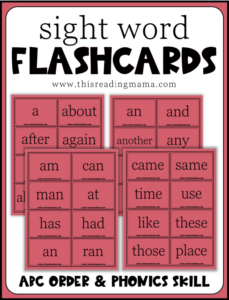

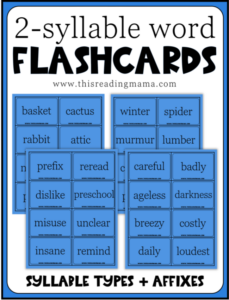
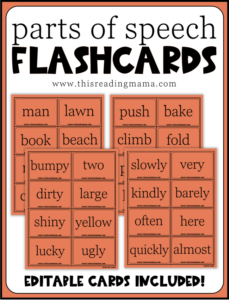
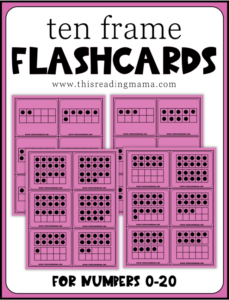
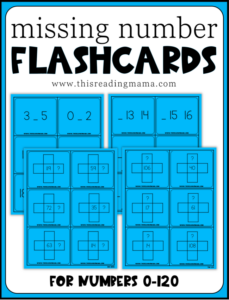

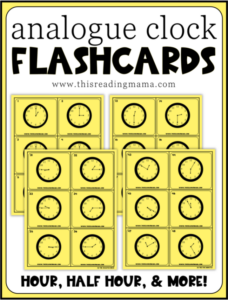

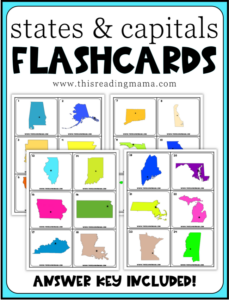
Leave a Reply